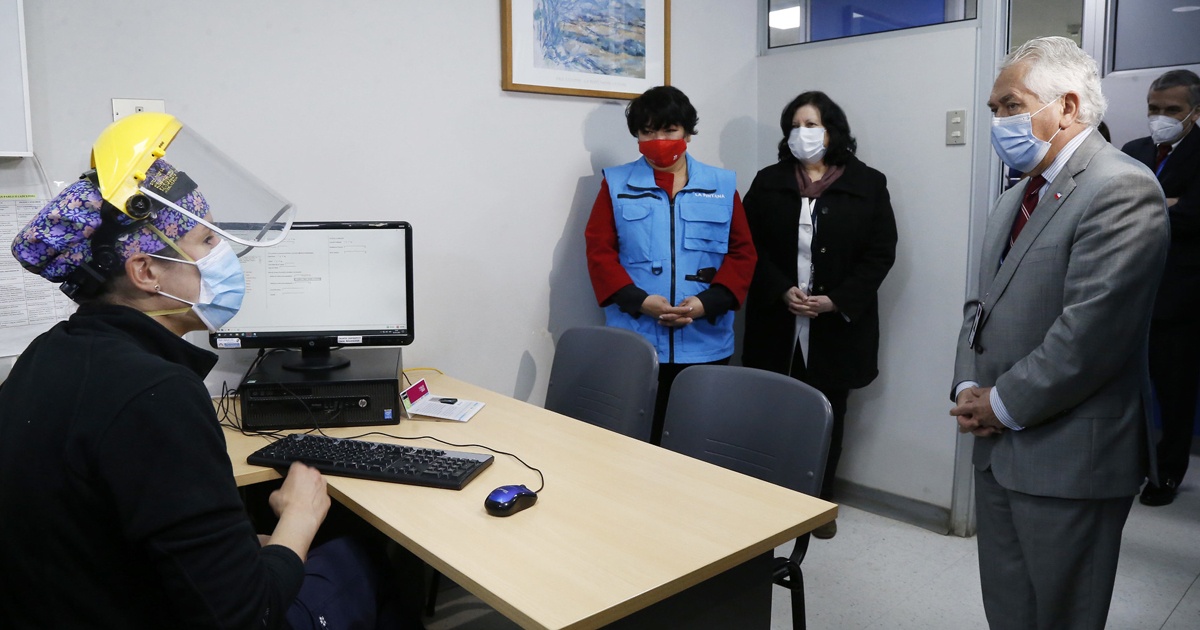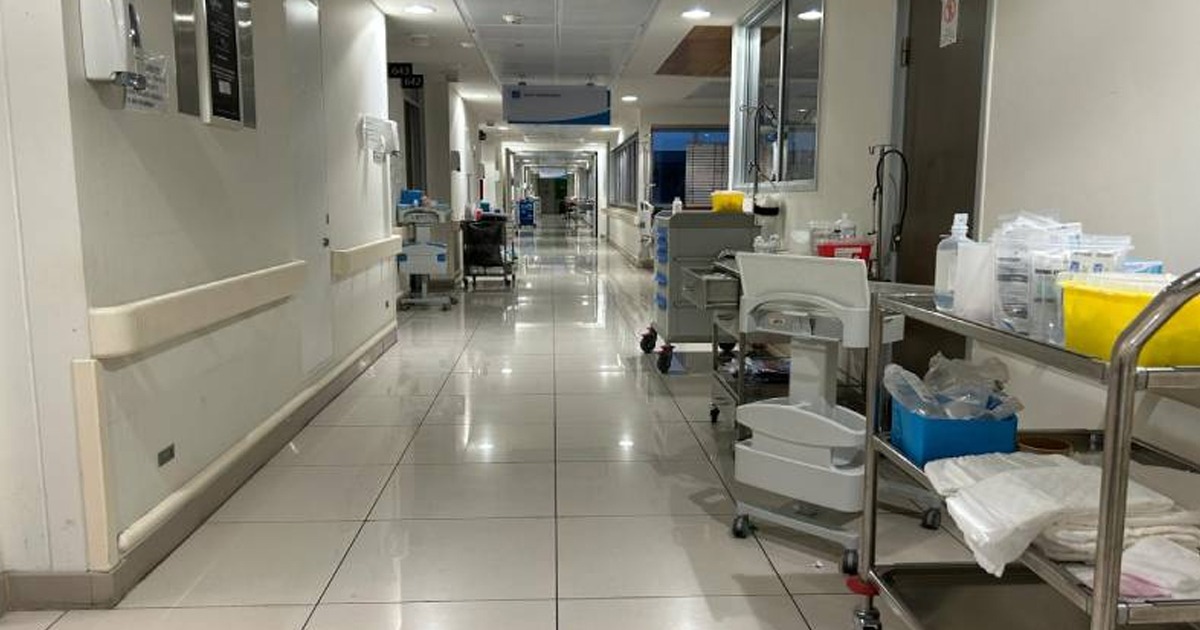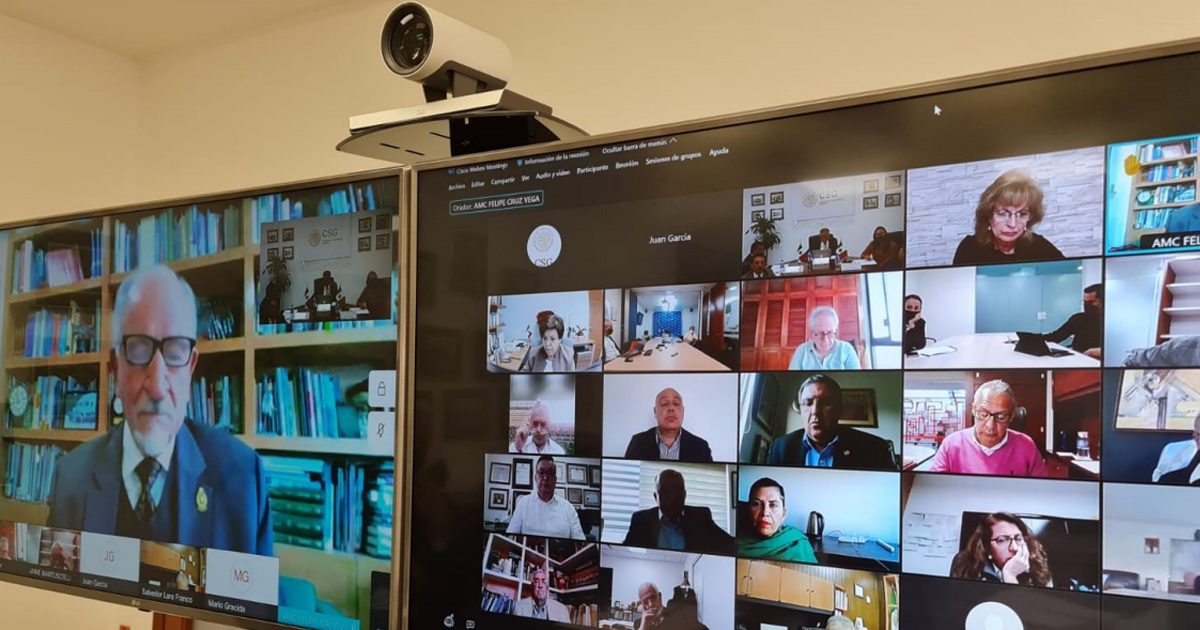This model will be maintained even after the COVID-19 health emergency, thus seeking to avoid patient displacement for remote processing or medical consultations.
The Family Health Centers (CESFAM) Ancora, were established in 2004, thanks to an agreement between the Ministry of Health and the South East Metropolitan Health Service of Santiago de Chile with the Catholic University of Chile, to manage and build these centers and incorporate them into the public health system. Its objective is to contribute to the development and improvement of primary care in Chile. There are currently two CESFAM Ancora in Puente Alto and one in La Pintana, both localities belonging to the Metropolitan Region of Santiago.

Since May, CESAFAM Ancora has carried out telehealth projects for the control, prevention and mitigation of COVID-19 in the region. This time, Chile's Minister of Health Enrique Paris reported that CESFAM's new model of care was based on telemedicine. “This progress is very important; telemedicine and prevent patients from having to come to the office and instead be cared for by a computer, just as we saw with a patient who is being monitored because she is with coronavirus. That is, fulfilling the traceability we are so interested in,” the minister explained.
The Telesalud system, contemplates the preference to remote care to avoid physical contact in the centers. Through telemedicine and tele-care services, CESFAM will allow online consultations, guidance on COVID-19 and attention in different specialties.
One of the objectives is to increase the provision of services by 20%, as well as to improve access to care for priority groups such as children and adolescents, older adults, pregnant women and people with disabilities. In addition, they hope that with this new model it will be possible to solve procedures without the need to attend CESFAM and thus improve access to information and interactions between users and health personnel.
By the end of the year the project must be operating in its entirety, even the authorities estimate that once the COVID-19 emergency passes, 30% of the care is remote.






